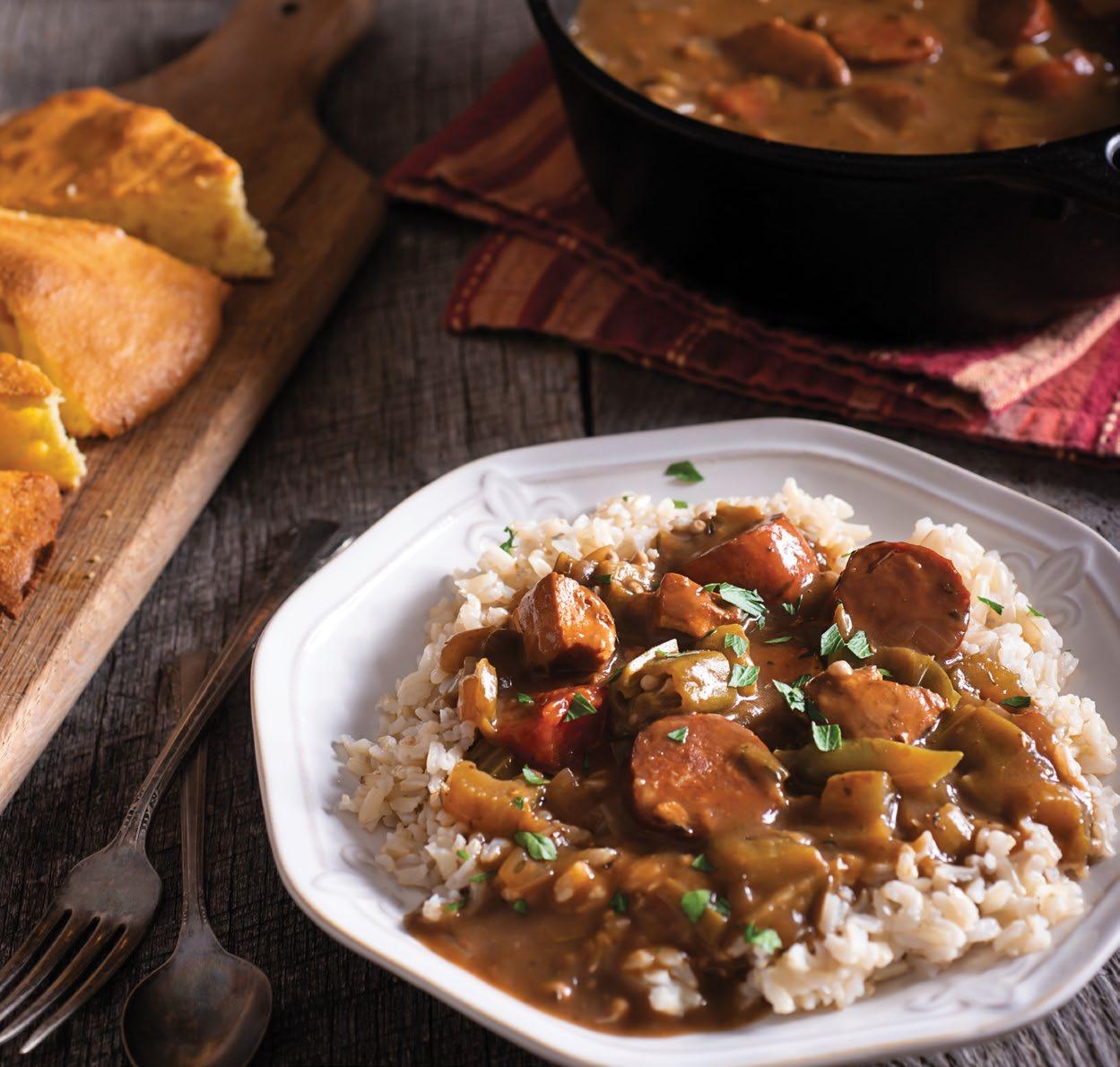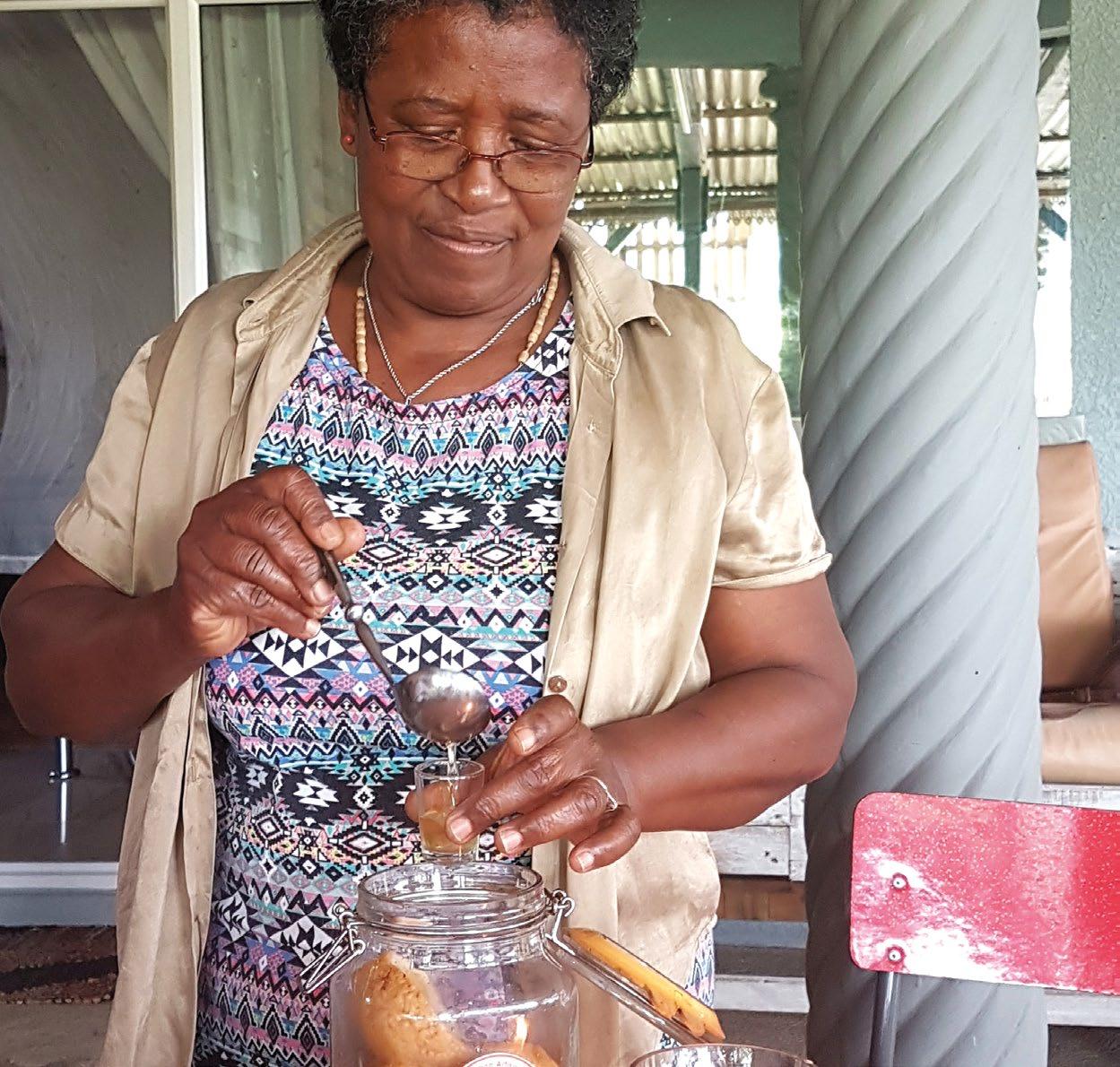
8 minute read
Indian Subcontinent
Explore the Indian Subcontinent
A train ride across the Rajasthani plains, an elephant-spotting safari, private sandbar dining...
Advertisement
India’s Golden Triangle Northern Sri Lanka The Maldives & Dubai


The Taj Mahal at sunrise, Mughal forts and going in search of tigers: this nine-day trip idea covers some of India’s classic experiences. Other highlights include scenic train rides and meeting the artisans of Jaipur’s markets. This 13-day trip idea takes you to Sri Lanka’s lesser-visited places, including South-Indianinfluenced Jaffna and the remote beaches of the east coast. You’ll stand atop Sigiriya Fortress and cycle past Anuradhapura’s temples. If you’re looking for seclusion, this ten-day trip idea for the Maldives is it. It gives you the privacy of a remote island getaway, combined with time exploring Dubai’s souqs and a 4x4 drive across Arabian Desert dunes.
Day Day Day
1-2 Take a private guided tour of New Delhi and the bazaars of Old Delhi, including India Gate and the President’s residence.
3 Catch a train across the Rajasthani plains to Agra. On a privately guided tour around the Red Fort, you’ll first glimpse the Taj Mahal before getting up close to it at sunrise the next morning.
4-5 Visit the abandoned city of Fatehpur Sikri before taking a train to Ranthambore National Park. Here, you’ll take game drives to spot leopards, wild dogs, crocodiles and Bengal tigers.
6-8 Stay in a family home in Jaipur and tour the highlights of the city with a private guide, including the Amber Fort and the Palace of the Winds.
9 Drive across the desert plains back to Delhi for your final night. 1-2 Visit Kandy’s botanical gardens and watch a Kandyan dance performance before an evening visit to the Temple of the Tooth.
3-4 Climb the steps to Dambulla’s 1st-century cave temples. Tour Sigiriya Fortress and the holy city of Polonnaruwa with your private guide, who accompanies you throughout the trip.
5-7 Visit the ancient temples, stupas and Buddha statues of Anuradhapura by bike. Nearby is Wilpattu National Park, where you can spot elephants on a safari.
8-10 Drive up to Jaffna, Sri Lanka’s northernmost tip, for a guided tour exploring its history and Tamil influences.
11-12 Relax on golden sands near the fishing port city of Trincomalee.
13 Finish with a day to stroll through Colombo’s craft markets. 1-3 You start in Dubai, sampling a traditional futoor breakfast in the Arabian Desert before a 4x4 drive through the Dubai Desert Conservation Reserve. Take a privately guided walking tour of the souqs and ride in an abra (water taxi).
4-10 Spend a week in the Maldives at Huvafen Fushi, an indulgent castaway island with just 44 spacious rooms. Your days are free to enjoy at your own pace, but you can choose to relax by your private plunge pool, take treatments in the underwater spa and slip into the infinity pool overlooking the Indian Ocean.
You could also explore the reef with a marine biologist, take an underwater photography course, picnic on your own private sandbar, or dine on pristine white sand or on a traditional dhoni (wooden sailing boat).
Price from £2,770 per person* Price from £3,930 per person* Price from £4,890 per person*

Saint-Émilion, Bordeaux, France
8 OF THE BEST
Food & drink experiences
There’s nothing like sitting down in a Michelin-starred restaurant to a plate of artfully heaped linguine, coated with a velvety cream sauce and perfumed with shaved white truffles. But sometimes, merely consuming food isn’t enough. You might want to learn more: go on a treasure hunt with a dog that sniffs out the truffles, speak with the woman whose family has owned that dairy farm for six generations, and learn to roll out tender pasta by hand. If that resonates with you, we’ve chosen eight activities from around the world that help shine a light on the destination’s food, culture and people.
1Wine blending in Bordeaux, France Bordeaux’s renowned blend might include cabernet sauvignon, merlot, cabernet franc, malbec, petit 2 Basque gastronomic society, Spain Though it’s relatively small, the Basque Country is known as a hotbed of culinary innovation — the verdot and even a splash of carménère sometimes. The art of region’s chefs collectively boast 32 Michelin stars. This well of the master blender is to combine those varietals to create a talent is fostered by the region’s private gastronomic societies. well-balanced profile, using cabernet sauvignon’s tannins to Traditionally closed to outsiders, they’re where Basques share mellow the fruity notes of the merlot, for example. recipes and techniques, urging each other to greater culinary heights. Over the years, these hothouses have produced To learn more about the art of wine blending in general — and exceptional chefs, as well as residents who appreciate about the specifics of the prestigious Bordeaux blend — you excellent food. can take a private workshop when you’re visiting the region. Under the guidance of a local sommelier, you’ll sample various Normally, Basque gastronomic societies are hidden to visitors, blends to discern how different ratios taste. You can also learn but we can arrange for you to get a rare glimpse inside their about the region’s long and storied wine history. Not only do walls, visiting as a guest of one of the members. While you’re you have the chance to learn about Bordeaux and the science there, you’ll watch a meal being cooked by locals as you learn of blending, you’ll also get an insight into the subtleties of your about the history of the societies in general and that club own palate. specifically. Then you’ll sit down to share a communal meal with members of the society. 3 4
Cooking with a nonna in Sorrento, Italy Cape Winelands food garden tour in South Africa
The Sorrentine Peninsula is known for its crystal-blue waters, limestone cliffs and golden sunshine, of course, but also its cuisine. Fishermen draw up exquisitely fresh seafood from the Tyrrhenian Sea, the cliffs are terraced to grow fragrant lemon trees and many different herbs flourish in the bountiful sun. All this plenitude has helped to shape the region’s cuisine as distinct from what you’ll find elsewhere in Italy.
To learn more about the food of the Sorrentine Peninsula, we can arrange for you to take a private cooking class with Laura, an ebullient grandmother who’s a native to the region and a classically trained chef. In her family kitchen, located just outside Sorrento, you can work with Laura to make a three-course meal using her family’s recipes. You’ll learn traditional skills, like how to make fresh pasta, and use local ingredients to create a meal that you’ll then share with Laura and her family. One of the oldest farms in South Africa’s Cape Dutch tradition, Babylonstoren is also a leader in the country’s farm-to-table movement and its sprawling, manicured gardens supply its renowned restaurant, Babel. Humming with bees from the apiary and lively with chickens, the beds are packed with glossy green spinach, cartoonishly bright-red peppers and heavily laden peach trees. Strolling along the tidy, gravel-paved paths, it’s easy to see the parallels between this overflowing abundance and the hanging gardens of the hotel’s namesake.
Hotel guests are invited to wander through the gardens at whim. However, to truly appreciate all this luscious produce, you can take a guided tour. Led by one of the experienced gardeners, you’re encouraged to pluck ripe fruit for nibbling and rub leaves between your fingers to smell as you learn about the art and science that goes into growing such revered food.


Gumbo, New Orleans style Marie Michelle with her homemade rum
5New Orleans Creole cooking lesson in the USA New Orleans’ cuisine is as distinctive and complex 6 Mauritian kitchen cooking class Pungent garlic, fiery ginger and sweet cloves — these are just some of the scents that greet you as the city itself, a piquant blend of French, Spanish, Choctaw, when you visit Marie Michelle and Bridgitte, two grandmothers Caribbean, West African and even Vietnamese influences. who offer cooking classes in their traditional open-air kitchen Much like gumbo or jambalaya, this mélange of ingredients, in central Mauritius. The fragrance rises from the women’s when blended together, creates a complex and nuanced whole old-fashioned ‘mama baba’ — a stone mortar and pestle used to that’s much more than the sum of its parts. grind fresh spices every day. Eating Creole cuisine is a key part of visiting New Orleans, Here, you can learn about the different cultures that combine but to really start to unlock the secrets of the Crescent City, we to create the island’s culinary profile, including Indian curries, suggest a cooking class. The New Orleans School of Cooking Chinese sauces and a European fondness for rum and sugar helps outsiders deconstruct traditional dishes like shrimp cane. Working on their wood-fired stove, you’re shown how étouffée or even a simple dish, like red beans and rice, that gets to prepare dishes like wild boar curry or faratha, a flatbread a local twist such as pickled pork and andouille sausages. At the inspired by Indian roti. You’ll also discover local ingredients school, local chefs give hands-on classes or demonstrations that like sousou, a wrinkly pear-like fruit that tastes like a squash. will help you recreate the dishes at home — you’ll also get some When you sit down to feast, Marie Michelle may even share her insight into the city’s history. homemade lemon rum, sweetened with muscovado.










